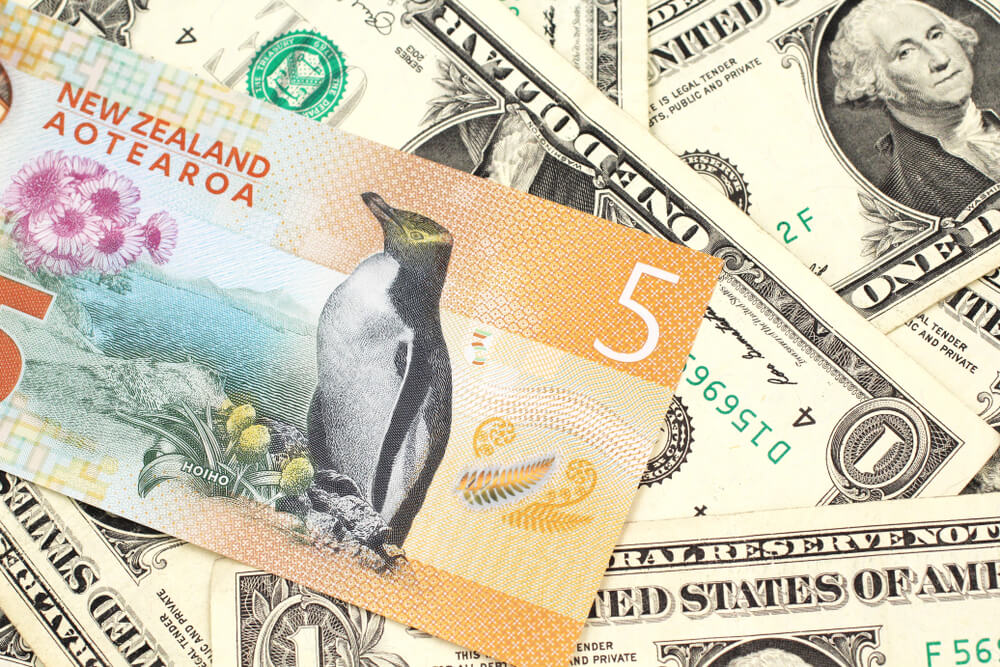
NZD/USD 0.73000 as the current limit
Last week’s jump of the dollar to around 90.50 had no follow-up and encouraged the withdrawal to the current level, which the NZD took advantage of and climbed from 0.71500 to 0.72500. If the bulls fail to regain the dollar y area of 90.50 in the short term, then DKSI could be exposed to a deeper retreat at, initially, last week’s lowest mid-89.50. Further south, it reaches the lowest value from 89.20 (January 6). This black dollar scenario could push the NZD/USD pair to levels above 0.73000.
Looking at the chart on the daily time frame, we see that we are now testing 61.8% Fibonacci level at 0.72650. Suppose a break occurs above if our next target is 78.6% Fibonacci level at 0.73500. As additional support, we have moving averages MA20, EMA20, and they directly support the price at this level, while MA50 is at 38.2% Fibonacci level at 0.71400. Conversely, if the consolidation of about 61.8% is delayed too much and the NZD becomes more nervous, then we go back down, looking for support for a new bullish momentum. This maximum pullback can happen up to 0.70000, where we will have longer moving averages MA200 and EMA200. The MACD indicator moves in a lateral direction supporting this consolidation with a slight bullish direction of movement.
This morning we had news about the NZ economy, so we highlight the following: New Zealand business sentiment has improved, the Business Confidence Index rose to 1.8 in May from -2.0 in April. The index of the appearance of own activities improved to 27.1 in May from 22.2 in the previous month, but the reading was below the level of 32.3. Inflationary pressures continue to rise in May. Expectations of costs increased by 5 points, with a net 81.3 percent of respondents who reported higher costs, and a net 57.4 percent of respondents intend to increase their prices. Expectations of general inflation rose to 2.22 percent.



